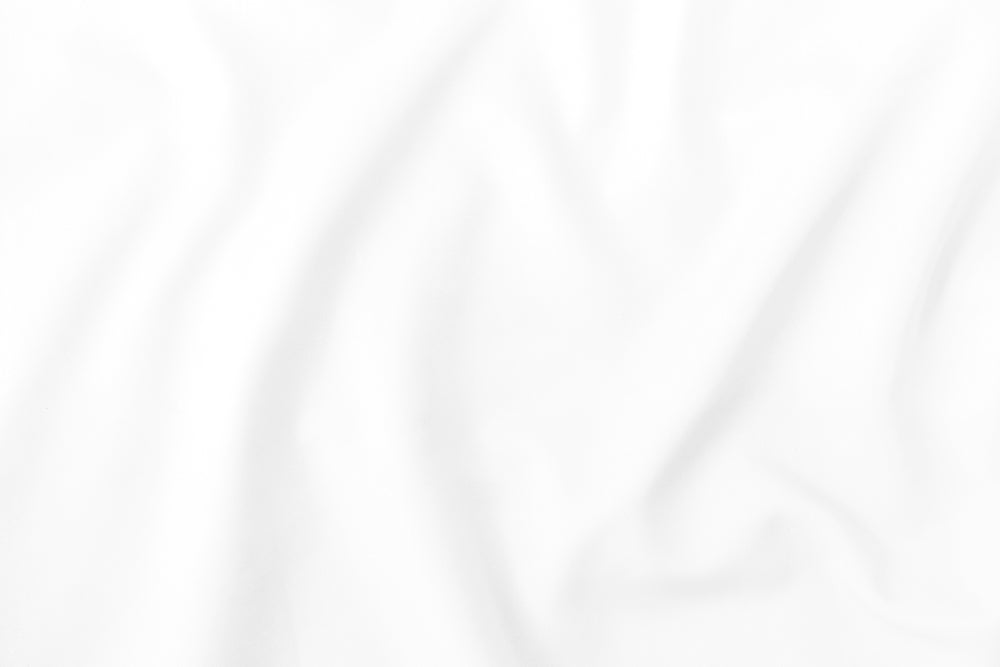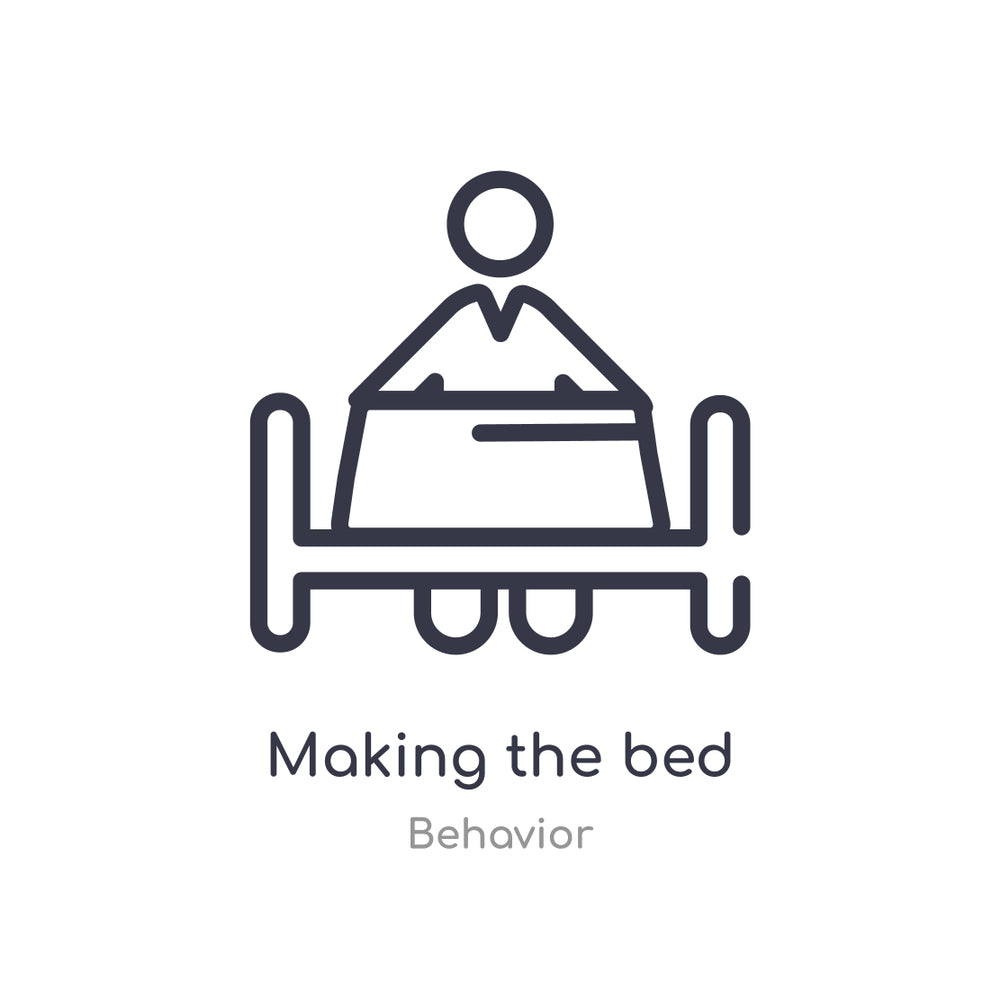- 1. Create a Perfect Bed
- 2. Understanding Thread Count
- 3. What is Percale?
- 4. Cotton vs. Linen: Understanding the Difference
- 5. Shrinking of Linen
- 6. Pre-Washing Linen
- 7. Benefits of Polyester
- 8. Understanding Pillowcase Styles: Bag, Housewife, and Oxford
- 9. Understanding Calendered Fabric
- 10. Exploring Jacquard
- 11. Wash Care Symbol Guide
- 12. Glossary of Textile Terms
- 13. Caring for Your Pillow, Duvet, and Topper
....................................
1. Create a Perfect Bed
Arrange one of our valances on the bed base. Place a mattress protector over the mattress for added protection. Add our cluster filled topper with easy-to-apply anchor straps. Next, place either a fitted sheet or flat sheet on top. Complete the bed with a natural filled duvet cover, featuring one of our Egyptian cotton covers.

Dress the bed with our natural filled pillows, covered in either our housewife or mock oxford styled pillowcases. Finally, top it off with a variety of cushions and add a throw or runner to create the perfect bed
2. Understanding Thread Count
Thread Count refers to the number of threads per square inch in the woven fabric of your Egyptian Cotton or Cotton Rich Bedding, typically used for bed sheets and duvet covers. Many people wonder if higher thread counts are always better when selecting new Egyptian Cotton Sheet Sets. These are important questions that are often overlooked or intentionally left unanswered by some companies. Thread Count is one of the most significant and confusing factors for consumers today. While Consumer Reports has done an excellent job monitoring Bedding products and trends, there are still certain aspects that remain unclear. It's important to be aware that many manufacturers either falsify thread counts or mislead consumers about the actual thread count. There is a significant difference in how manufacturers determine thread count for Egyptian Cotton and Cotton Rich Sheets, Duvet Covers, and Bedding. Manufacturers from various countries like Egypt, China, Portugal, India, and others may use 2-ply or multiple-ply threads, even up to 4-ply, falsely claiming higher thread counts for their Egyptian Cotton Sheets and Duvets. Instead of using a single-ply, high-quality Long Yarn Egyptian Cotton or Pure Cotton fiber, they twist together cheaper fibers to create a longer "thread."
3. What is Percale?
Percale is a closely woven, plain weave, spun fabric made from both carded and combed yarns. It is considered the finest sheeting available, thanks to its high thread count, which gives the fabric a soft, silk-like feel.
4. Cotton vs. Linen: Understanding the Difference
Both cotton and linen are natural vegetable fibers. Cotton is made from the cotton plant, while linen is derived from the flax plant.
5. Shrinking of Linen
When you wash a 100% cotton product for the first time, it typically shrinks by 8-10%. Subsequent washes result in minimal shrinkage. 100% Cotton Percale products shrink slightly less, around 5-6%, due to their higher thread count.
6. Pre-Washing Linen
We recommend washing all linens before use. Linens often come straight from the manufacturing process, and washing them before use ensures cleanliness and hygiene.
7. Benefits of Polyester
Polyester is a synthetic fabric composed of long-chain polymer fibers made from ester, dihydric alcohol, and telephthalic acid. When woven into yarn, polyester offers greater strength and elasticity compared to cotton. It also retains its shape better and dries more quickly, making it more environmentally friendly and resistant to creasing after washing.
8. Understanding Pillowcase Styles: Bag, Housewife, and Oxford
-
Housewife:
Features an opening (Point A) for the pillowcase, with an envelope flap (Point B) tucked inside to hold the pillow. Point C shows the top of the pillowcase with a cut-away section, and Point D represents the pillow itself. -
Oxford/Square Oxford:
These pillowcases have a decorative border (Point B) around the edge but serve no functional purpose. They are often used underneath normal pillowcases. Point A represents the opening, Point C shows the top of the pillowcase with a cut-away section, and Point D represents the pillow itself. -
Bag:
The most popular pillowcase style in the hospitality sector. It allows for easy changing of bedding. Point A represents the opening, Point B represents the hemmed edge, Point C shows the top of the pillowcase with a cut-away section, Point D represents the pillow, and Point E shows the ends of the pillowcase tucked in on itself.
9. Understanding Calendered Fabric
Calendered fabric refers to cotton fabric that has undergone a special finishing process involving heat and pressure. This process gives the fabric a more lustrous appearance.
10. Exploring Jacquard
Jacquard refers to a design created by weaving differently colored threads together. It was invented by Joseph Jacquard in 1804. A special loom is used to weave patterns directly into the fabric. A Jacquard loom allows control over each warp thread, raising or lowering them to create intricate designs. Today, computer-generated information replaces the punched card system, making design changes faster and more efficient.
11. Wash Care Symbol Guide
Each item within our bed linen range comes with specific wash care instructions. It's important to follow these instructions to ensure your linens maintain their quality for longer. If you're unsure about any symbols, refer to our wash care symbol guide.
12. Glossary of Textile Terms
Refer to our helpful glossary of textile industry terms for a better understanding of commonly used terminology.
13. Caring for Your Pillow, Duvet, and Topper
To ensure optimal performance from your filled products, follow these two simple step-by-step instructions: Step 1: Remove the item from the packaging and lay it flat on the bed, allowing air to circulate and begin the expansion process. Leave pillows for approximately 5 minutes and duvets/toppers for up to 24 hours. During this time, the product will expand and develop its normal loft. Step 2: Gently pat the product, starting at the center of each side, to allow the inner fibers to spread evenly and increase loft. Repeat this process until the product appears even. Avoid shaking, as it may cause compacting of the fibers and result in lumpiness. Washing Instructions: Our pillows, duvets, and toppers can be washed in a domestic washing machine using the Duvet or Synthetic wash program. If your machine doesn't have these settings, wash at 30°C and tumble dry on low heat. After laundering, follow Step 2 to restore the product to its normal condition.


